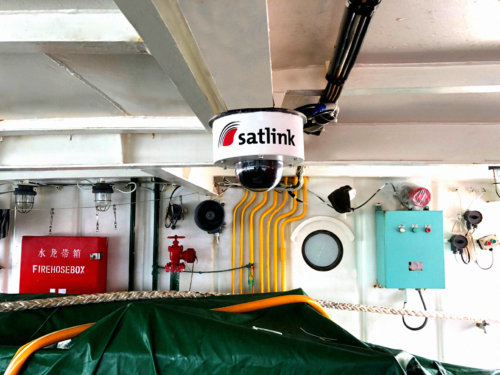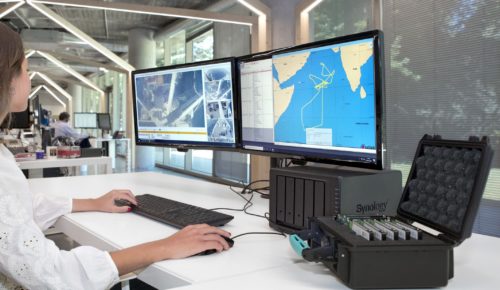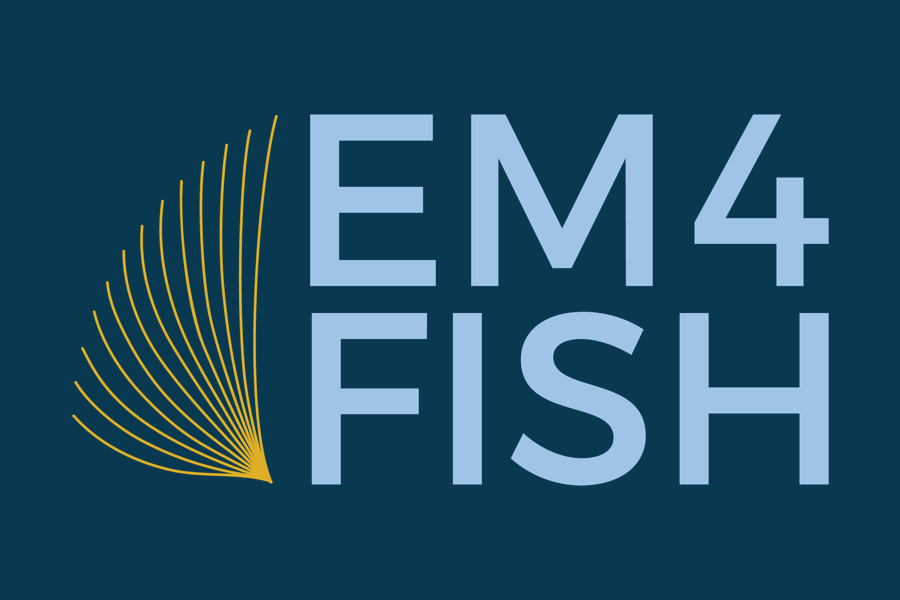Founded in 1992 by Faustino Velasco, Satlink is a Spanish technology company focused on the development of Internet of Things (IoT) and connectivity end-to-end solutions. As a world leading provider of technological solutions for the fishing segment — both the industry and fisheries regulators — at Satlink we are committed to fishing sustainability and ocean conservation. Headquartered in Madrid, Satlink has offices in Spain (Marin), Seychelles, Ecuador, USA, Fiji, Solomon Islands, Korea and Taiwan while working with local partners in other locations.
Thanks to our strong R&D capacity, the company aspires to be the technological  benchmark for sustainable fishing worldwide, as well as to consolidate our leadership in business lines such as connectivity, mobility and fisheries management systems for the bodies that regulate them around the world, such as Regional Fisheries Management Organisations (RFMOs).
benchmark for sustainable fishing worldwide, as well as to consolidate our leadership in business lines such as connectivity, mobility and fisheries management systems for the bodies that regulate them around the world, such as Regional Fisheries Management Organisations (RFMOs).
Responding to the will for fleet transparency, we developed our Satlink SeaTube solution for the electronic monitoring (EM) of fishing activity. This system, based on high-definition cameras and sensors, allows vessel owners to record and supervise fishing activity in order to check for compliance with fishing best practices and responsible activity on board.
We are one of the world leaders in EM, with more than 250 installations in the Atlantic, Indian, and Pacific oceans, and working together with governments, NGOs, and fishing companies to make the transition to EM fast, smooth, and efficient. Among our most recent projects are those initiated by the governments of the Solomon Islands, Micronesia and Seychelles, countries with economies that are highly dependent on fishing. In the Pacific Ocean Region, we lead in the installation of local EM training centers, with more than 20 Data Review Centers in place. These centers are responsible for the monitoring and analysis of the fishing activity of approximately 110 fishing vessels from nine countries.
 As part of the Satlink group, Digital Observer Services (DOS) is an EM review specialist company. Their scientists and biologists use the Satlink View Manager (SVM) software developed in-house, which uses the high-definition cameras and information supplied by GPS and other on-board sensors from the Satlink SeaTube system to produce a complete report on vessel’s fishing activity. DOS has at its core a team of professional biologists with broad experience in the different fields of the fishing industry and the scientific community: graduates and highly qualified experts in marine resources and the environment, on-board scientific observers, and port samplers.
As part of the Satlink group, Digital Observer Services (DOS) is an EM review specialist company. Their scientists and biologists use the Satlink View Manager (SVM) software developed in-house, which uses the high-definition cameras and information supplied by GPS and other on-board sensors from the Satlink SeaTube system to produce a complete report on vessel’s fishing activity. DOS has at its core a team of professional biologists with broad experience in the different fields of the fishing industry and the scientific community: graduates and highly qualified experts in marine resources and the environment, on-board scientific observers, and port samplers.
At Satlink we also help establish regional data monitoring centers (DRC Data Review Centers), provide training, perform audits in line with high quality criteria and help build the capability in the local country. In fact, since 2014, we have trained over 150 professionals on how to perform these detailed data analyses around the world. With Satlink’s EM technology, human observers can generate accurate reports on the composition of catches, size, bycatch and confirm fishing zones from the video review.
We also have a team of R&D engineers focused exclusively on the development of  applications in the field of Artificial Intelligence (Machine Learning) that will enable an assisted analysis of video and sensor data of fishing activity, recognising fishing periods as well as identifying fish and other relevant parameters. We have introduced this technology in several projects with very promising results and a clear time-reduction of the analysis process.
applications in the field of Artificial Intelligence (Machine Learning) that will enable an assisted analysis of video and sensor data of fishing activity, recognising fishing periods as well as identifying fish and other relevant parameters. We have introduced this technology in several projects with very promising results and a clear time-reduction of the analysis process.
These type of solutions will allow for the widespread use of electronic observation, even in fleets where it would have been impossible until now given the cost of on-board human observers, by reducing it without compromising quality and with a clear increase of the observer coverage. In this respect, we consider that EM systems will be the main source of precise, reliable, and verified fisheries data which will lead to the development of improved fishing practices and the establishment of measures that ensure the sustainability of stocks. Beyond that, the deployment of EM systems worldwide will lead to the fixation and generation of employment and improved working conditions for observers, both on land and at sea, in terms of safety, conciliation and professional development. The example of EM deployment in the Pacific Islands shows that technology can help in all angles including environmental, social and economic sustainability.


